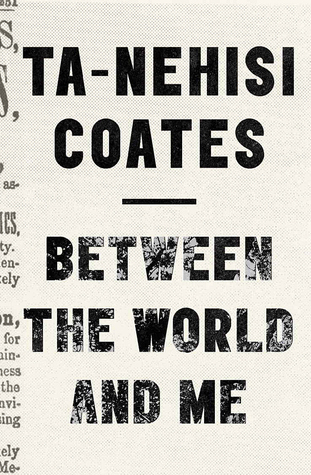 Physics of the Impossible: A Scientific Exploration into the World of Phasers, Force Fields, Teleportation, and Time Travel by Michio Kaku is a fascinating glimpse into all the science-fiction marvels and themes we see in movies, TV shows, and books. If you aren’t familiar with his name, his face is instantly recognizable. He’s been a guest speaker on countless national TV shows. Known as one of the most brilliant physicists of our day and co-founder of string field theory, Kaku was fascinated with science fiction as a child. In this book, he toys with some of these entertaining but seemingly impossible ideas, and much to our delight, many are a very real possibility! Doubleday | Hardcover | 2008 | 329pp
Physics of the Impossible: A Scientific Exploration into the World of Phasers, Force Fields, Teleportation, and Time Travel by Michio Kaku is a fascinating glimpse into all the science-fiction marvels and themes we see in movies, TV shows, and books. If you aren’t familiar with his name, his face is instantly recognizable. He’s been a guest speaker on countless national TV shows. Known as one of the most brilliant physicists of our day and co-founder of string field theory, Kaku was fascinated with science fiction as a child. In this book, he toys with some of these entertaining but seemingly impossible ideas, and much to our delight, many are a very real possibility! Doubleday | Hardcover | 2008 | 329pp
In the preface, Kaku puts in place a rating system for each of the theoretical ideas he sets out to tackle. Each candidate will fall into one of these categories:
Class I Impossibilities – Advancements that are impossible right now with current technology, but they don’t violate any known laws of physics, therefore they could become possible even in this century.
Class II Impossibilities – These are ideas that seem greatly impossible now because of our lack of knowledge, but could be possible thousands of years from now.
Class III Impossibilities – These are concepts that violate our known laws of physics. But who knows what the future may bring?
Kaku also discusses classes of civilization and he labels our worldly civilization as Type 0 – the lowliest. To achieve Class II or III Impossibilities, our civilization would have to make the leap to a Type II or III civilization, but we haven’t even made Type I yet. The Federation in Star Trek would be a Type II civilization while the Empire in Star Wars would be a Type III civilization.
“The transition between one civilization and the next is far from guaranteed. The most dangerous transition, for example, may be between a Type 0 and a Type I civilization. A Type 0 civilization is still wracked with the sectarianism, fundamentalism, and racism that typifies its rise, and it is not clear whether or not these tribal and religious passions will overwhelm the transition.”
All of the big science-fiction concepts are covered: force fields, invisibility, phasers and death stars, teleportation, telepathy, psychokinesis, robots, aliens and UFOs, starships, antimatter, warp speed, time travel, parallel universes, perpetual motion, and precognition. If you think these concepts are way too outlandish to ever become a possibility, think again. Some of these are closer than you might think. Interestingly enough, Kaku considers most of these concepts as Class I Impossibilities – the closest to becoming a reality.
“But one day, physicists may be able to create a “room-temperature superconductor,” the holy grail of solid-state physicists. The invention of room-temperature superconductors in the laboratory would spark a second industrial revolution. Powerful magnetic fields capable of lifting cars and trains would become so cheap that hover cars might become economically feasible. With room-temperature superconductors, the fantastic flying cars seen in Back to the Future, Minority Report, and Star Wars might become a reality.”
Physics of the Impossible came out in 2008 and Kaku made reference to several amazing advancements in physics in only the few years preceding its publication. It’s been seven years since this release and one can only imagine how much further along we might be. Kaku, enlighten us!
There are some heavy concepts and theories discussed and although this book is for the layman, I struggled through many passages. A physics student might consider this a breeze, but the average casual reader from a Type 0 civilization might find it daunting at times. However, Kaku makes up for the brief periods of mind melts with stimulating analogies, lots of scifi references, and a casual writing style.
A wild ride of a read.
Physics of the Impossible: A Scientific Exploration into the World of Phasers, Force Fields, Teleportation, and Time Travel
by Michio Kaku




